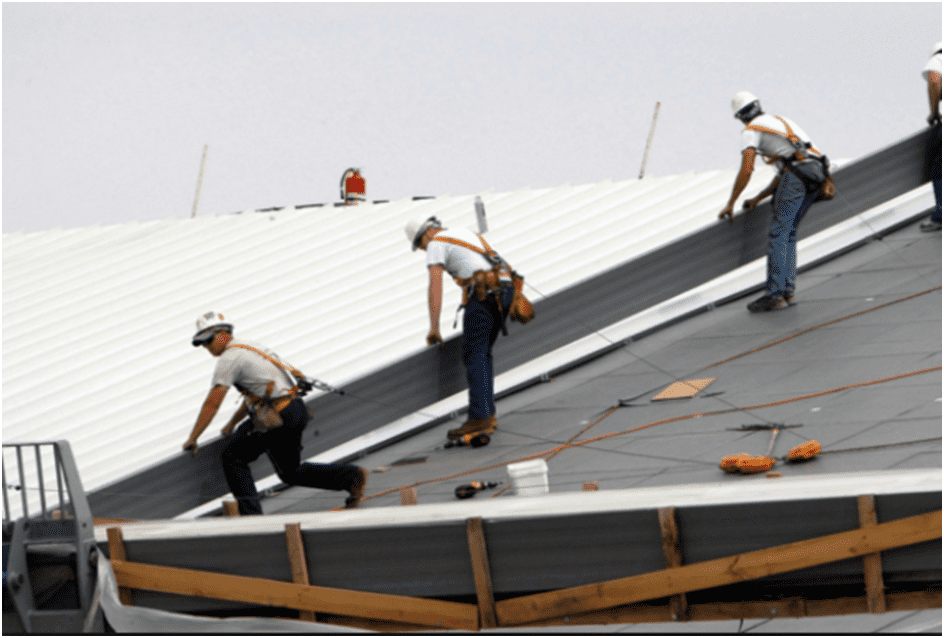Avoiding Common Pitfalls in Metal Roofing Installation: A Guide to Durability and Efficiency
When embarking on the installation of metal roofing sheets, the distinction between a successful project and one plagued by future repairs often lies in the details. Metal roofing, renowned for its durability, efficiency, and sustainability, can be compromised by simple oversights during installation.

Here, we delve into critical mistakes to avoid and provide essential tips to ensure your roofing system stands the test of time.
1. Selecting the Right Fasteners
The integrity of a metal roof starts with the correct fasteners. Utilizing substandard or incorrect screws can lead to significant issues, such as water leakage and a compromised structural integrity. Ensure you opt for fasteners specifically designed for metal roofing applications. These are engineered to seal properly, preventing moisture penetration and enhancing the roof's overall durability.

2. Mastery in Panel Overlapping
Incorrect panel overlapping is a common source of leaks in metal roofing. The key to preventing water infiltration lies in precise overlapping, tailored to the roof's slope. Adhere to the manufacturer's guidelines on proper panel overlap to ensure a seamless, watertight surface that efficiently channels water away from the structure.
3. Ensuring Adequate Overhang
A metal roof must extend sufficiently beyond the roof's edges to prevent water from seeping into the structure or foundation. A recommended overhang of 1.5 to 2 inches, conforming to the manufacturer's specifications, will facilitate proper water runoff and protect the building's perimeter.
4. Securing Flashing and Penetrations
Flashing and penetration areas are critical points for potential water ingress. Ensuring that these areas are not only well-flashed but also secured with an adequate number of screws is paramount. This prevents leaks and contributes to the overall watertightness of the roofing system.
5. Using Sealants Wisely
While sealants play a role in waterproofing, they should not be the primary defense against water infiltration. Apply sealants judiciously, according to the manufacturer's instructions, ensuring they complement the mechanical fastening and overlapping techniques rather than replace them.
Installation Tips for Optimal Roofing Performance

To further ensure the success of your metal roofing installation, consider these additional tips:
- Conduct Thorough Planning: Before installation, carefully measure an plan the layout of the panels. This minimizes waste and ensures a smooth installation process.
- Choose Quality Materials: Invest in high-quality metal panels and components. The initial cost will pay off in the roof's longevity and performance.
- Understand Local Climate: Tailor your installation approach to your local climate. Specific regions may require additional considerations for wind, snow, or rain.
- Regular Maintenance: While metal roofs are low maintenance, regular inspections can help identify and rectify minor issues before they escalate.
By avoiding common installation errors and adhering to these practices, you can ensure your metal roofing system not only enhances the aesthetic appeal of your building but also provides robust protection for years to come.
